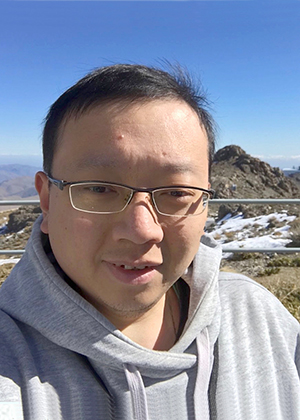USTC Astronomy Colloquium Series: 2021 Spring
Catching the First Light of Type Ia Supernovae: the Opportunities and Challenges of Time-domain Surveys
姜继安 博士
IPMU,Japan
2021/4/13, 4:00pm , the 19th-floor Observatory Hall

报告人:
姜继安,东京大学Kavli IPMU特任研究员(Kavli IPMU Fellow)。本科就读于华中师范大学物理科学与技术学院,毕业后前往日本东京大学继续深造,2019年3月获得博士学位。博士在读期间兼任日本学术振兴会特别研究员(JSPS Fellow)。主要研究兴趣包括利用大视场望远镜开展时域巡天观测,Ia型超新星以及短时标暂现源的前身星及爆发机制的研究,超新星宇宙学,多信使天文学。于2014年建立并主持Subaru/HSC极早期Ia型超新星巡天项目(MUSSES)。同时作为日本HSC SSP时域巡天项目组及东京大学Tomo-e Gozen巡天项目核心成员开展超新星及其他暂现源研究。2018年加入日本引力波电磁对应体跟踪观测项目(J-GEM)。自2014年起作为多个观测项目负责人身份获得超过1000小时1到8m级地面及空间望远镜使用时间。摘要:
Despite their importance as cosmic distance indicators, the nature of Type Ia supernovae (SNe Ia) is not yet clear. Photometric information of SNe Ia within a few days of their explosions ("early-phase SNe Ia") plays a crucial role in addressing the long-standing progenitor and explosion mechanism issues, and a breakthrough has been made with the "MUlti-band Subaru Survey for Early-phase SNe Ia" (MUSSES) in 2017. In this talk, firstly I would like to give you a general idea of studying early-phase supernovae with time-domain surveys and then introduce recent scientific outcomes from MUSSES. In the second part of the talk, I am going to talk about the importance and strategies of running time-domain surveys with 1-2m class telescopes in the upcoming Rubin/LSST era. 邮编:230026 ,
邮编:230026 ,  联系电话: 0551-63601861
联系电话: 0551-63601861 Email:
Email: